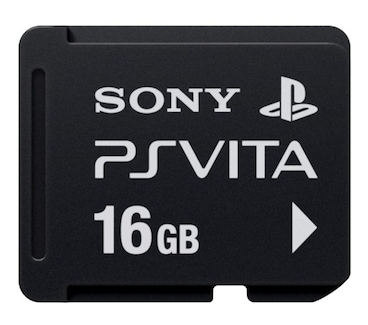By Joel Smart (The Cascade) – Email
Print Edition: November 23, 2011
Few things are more important to a gamer than their saved game data. This is the information that records and stores how far a player has made it in a game, how much money or experience their character has accrued, and other information that brings continuity from one time they play to the next. With this generation’s introduction of cloud saving, not only is that data now more secure, it also opens the doors for developers to bring about innovative new ways to play.
For years games had no way to save. Each time a game was played it began from the beginning. The ability to make it a long way into a game was usually seen as a form of high score – a reward for good play. However, many arcade games began to incorporate a checkpoint system that would allow gamers to pay a small price to continue on from mid-way through the game. Not only did this turn out to be profitable, it also allowed many gamers to complete games that they had never been able to finish before. When the checkpoint system became common in early console gaming, it meant that turning off the system would require the player to start from scratch. Soon gamers were given password codes for each of the different checkpoints, and by entering it when the system was turned on they would be returned to the point they left off. These passwords eventually became more complex, allowing the game to remember not just progress, but other details as well, such as the number of lives and items collected.
In the mid-80s, means of actually saving games became possible. Computer games could be saved on floppy disks (and later hard drives). For consoles, game cartridges featured RAM that would allow checkpoint saves to be recorded directly into the game and accessed without inputting a password. When disc-based games became available much later on, game saving had become an integral feature in gaming, and so memory cards were released and remained the dominant form of game saves on console for many years.
However, computer hard drives were much larger than memory cards and therefore allowed for new types of saving to develop. One example is the auto-save, which saves the game without stopping action or asking for confirmation by the player. While this method stops players from making multiple saves (in order to return to earlier parts of the game), its advantage is the way it dramatically increases the flow of a game by reducing the need to constantly stop and save data. It remains the most common form of saving in games today. Another memory-intensive saving option developed known as quick saving, which would allow a player to save their game at any moment – even in the midst of a heated-encounter. This would allow players to quickly return to the moments before a troubling part of a game.
While all of these forms of saving traditionally required the gamer to purchase a physical card or drive for saving their games, the PlayStation 3 and, most recently, the Xbox 360 now allow subscribed members to save their data to “the cloud” – a dedicated online server. The data can then be downloaded whenever it is needed to a user’s account.
Perhaps most tangibly, this provides a safeguard against losing data in the event of a system crash, but the applications are also far greater. For computer games, cloud memory allows saved data to be accessed on multiple devices. With mobile gaming also becoming more common, it seems likely that cloud saving will be used to allow gamers to move seamlessly between playing a game at home and on a cell phone or handheld gaming device like the PlayStation Vita. It also opens up the possibility of bringing “along” your personal characters when you head over to a friend’s house to play multiplayer games on their system. With such game-changing innovations just on the horizon, it will be exciting to see how games adapt and grow with their implementation – and also to see where the development of game saving will head next.


